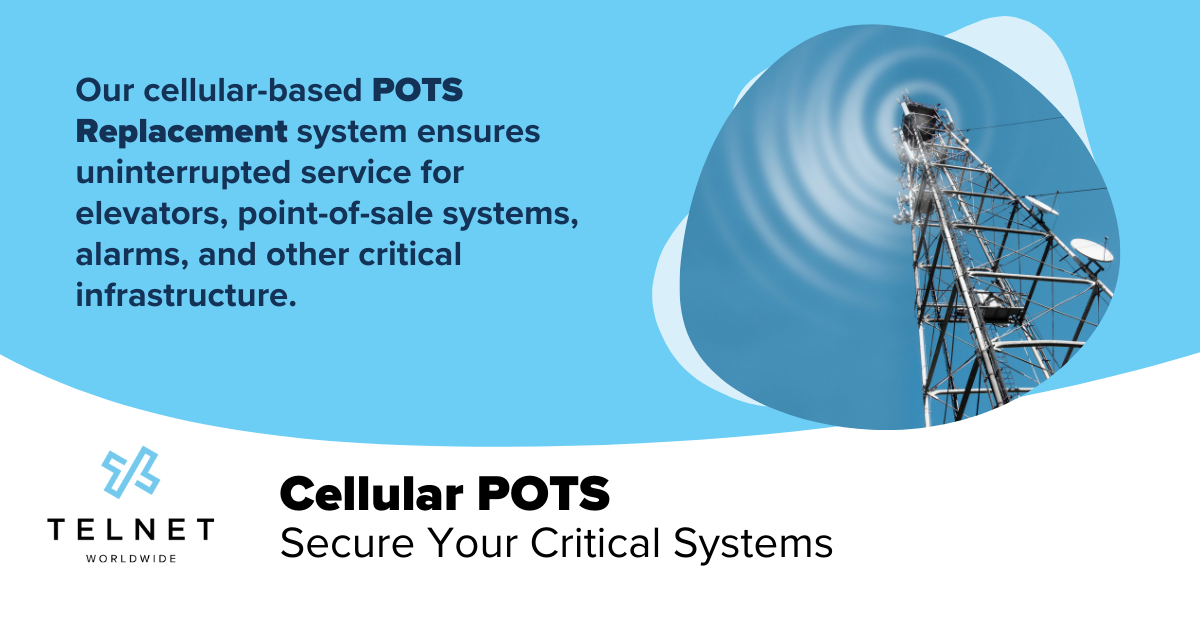Demand for bandwidth has been on an upward trajectory for years now, but exponentially more so in the last year with the increase of remote work. So how can businesses satiate this hunger for more bandwidth without breaking the bank? Well, friends, let me introduce you to SD-WAN.
What is SD-WAN?
Short for software-defined wide area network, SD-WAN brings intelligence to your network, giving you greater control over everything from traffic to applications. It’s a comprehensive network solution that increases bandwidth, strengthens digital security and guarantees reliability so you don’t have to deal with the hassles of downtime.
How does SD-WAN work?
SD-WAN operates much like a terminal, acting as a virtual traffic controller for a variety of network conditions. It inspects each packet and applies route plans, politics and priorities to the data. Check out the features below to get a better understanding of how it works in action.
Point-to-Point VPN
A virtual private network (VPN) is a secure network that can be accessed remotely, through the internet. Let’s imagine that George is working from home today. He needs to log onto the corporate payroll platform to request time off for next month, but he can’t get in without being on the VPN. His laptop serves as the first “point” in the connection, with the remote network serving as the second.
It’s this point-to-point VPN that allows employees to securely access their company’s critical tools, even when they’re not working at the office.
Packet Level Link Balancing
When we talk about link balancing, we’re talking about splitting internet traffic over two or more connections in order to improve performance. Older load balancing techniques occurred at the session level, so that each session (a call, video conference, etc.) would be assigned an individual WAN link. Today’s balancing, however, occurs at the packet level, meaning users can actually split up a single session over two or more ISP links.
Packet level link balancing gives you the ability to prioritize your internet traffic by the application. For instance, we could send all of your data over one connection and voice over another, ensuring that your VoIP calls travel on the faster connection. You can essentially guarantee that your most important channels (like calls and video conferences) are given a “fast pass” of sorts, and less critical channels like YouTube or Spotify are powered by a slower connection.
Network Connection Monitoring
Monitoring is pretty self-explanatory. You get the capability to monitor your entire network remotely. We’ve got a secure portal with real-time traffic analytics, so you get a better sense of performance. View speed, latency, jitter and more, so you can make sure everything is up and running. With this kind of visibility, troubleshooting just became a whole lot easier.
Is SD-WAN right for my business?
At the end of the day, no one knows your business needs better than you do. But we can all agree that unexpected downtime, security breaches and limited access to one of your most critical business tools are not great.
So if you’re ready to take the next step toward security, efficiency and continuity, consider implementing SD-WAN today.





